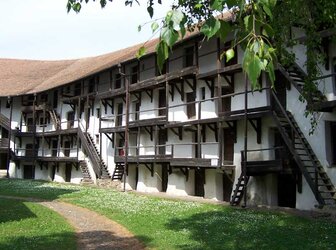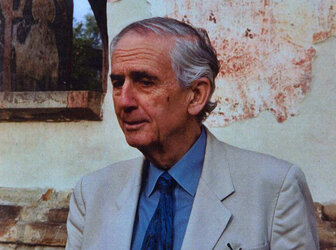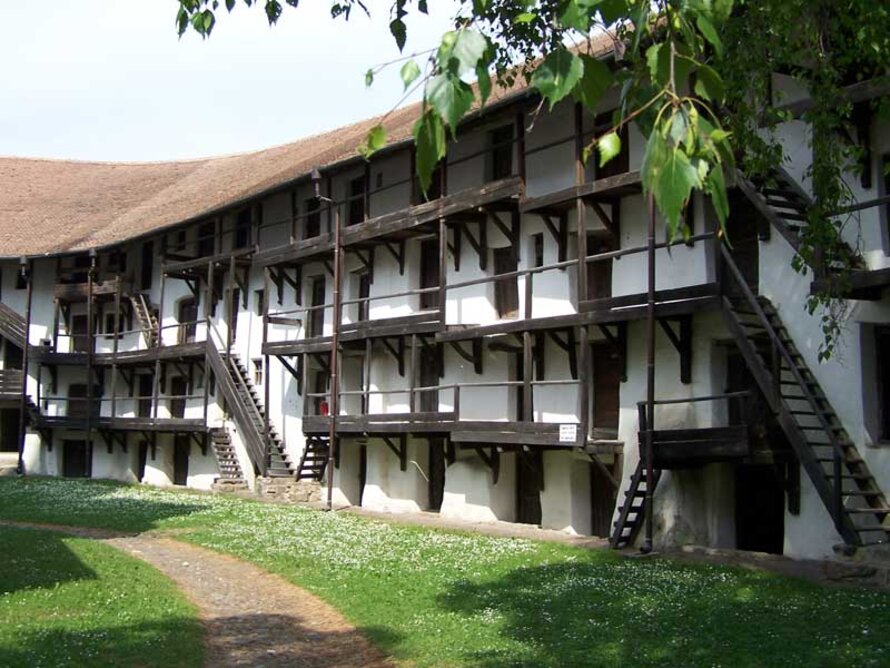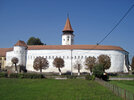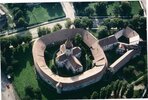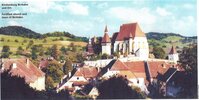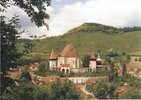Dr. Hans-Christian Habermann, restoration of the built cultural heritage
Dr. Hans-Christian Habermann, born in Bucharest, Romania in 1938, in a rich Saxon family from Hermanstadt-Sibiu, in Transylvania, fled from Communist Romania with his family in 1948. Since the fall of Communism in 1990 he dedicated the last twenty years to preserving, restoring ...
Read more
Project details
| Title: | Dr. Hans-Christian Habermann, restoration of the built cultural heritage |
|---|---|
| Entr. year: | 2011 |
| Result: | Award |
| Country: | Romania |
| Category type: | individual |
| Architect / Proj.leader: | Dedicated service by individuals or organisations |
| The Jury's citation: | "Since 1990, Hans-Christian Habermann has energetically and enthusiastically supported the restoration of the built cultural heritage in his native Romania. He recognised that in the last years of the Ceausescu dictatorship, the protection of the historic environment had become very weak and that public awareness of the importance of the cultural heritage was at a very low level. Through his support of the Transylvania-Saxon Foundation, he raised public awareness of the unique Transylvanian heritage, encouraged the use of traditional skills, and promoted good conservation methods. He has particularly encouraged the long term care of historic buildings through his collaboration with the Romanian government and its schools' programmes, and through his connection with the Boy Scout movement." |
Description:
Dr. Hans-Christian Habermann, born in Bucharest, Romania in 1938, in a rich Saxon family from Hermanstadt-Sibiu, in Transylvania, fled from Communist Romania with his family in 1948. Since the fall of Communism in 1990 he dedicated the last twenty years to preserving, restoring and making known the unique and rich Saxon heritage in Southern Transylvania, and the multicultural history and civilization of the area. This meant the restoration/conservation of several fortified churches and many other historic buildings, starting with Tartlau, Birthalm, the Brukenthal Museum and the Bishop's Palace in Sibiu, actually over 70 historic buildings; his commitment went also towards initiating or supporting also many projects in history, arts, or concerts and exhibitions, enhancing each and every time the multicultural features of the area.
Similar projects


